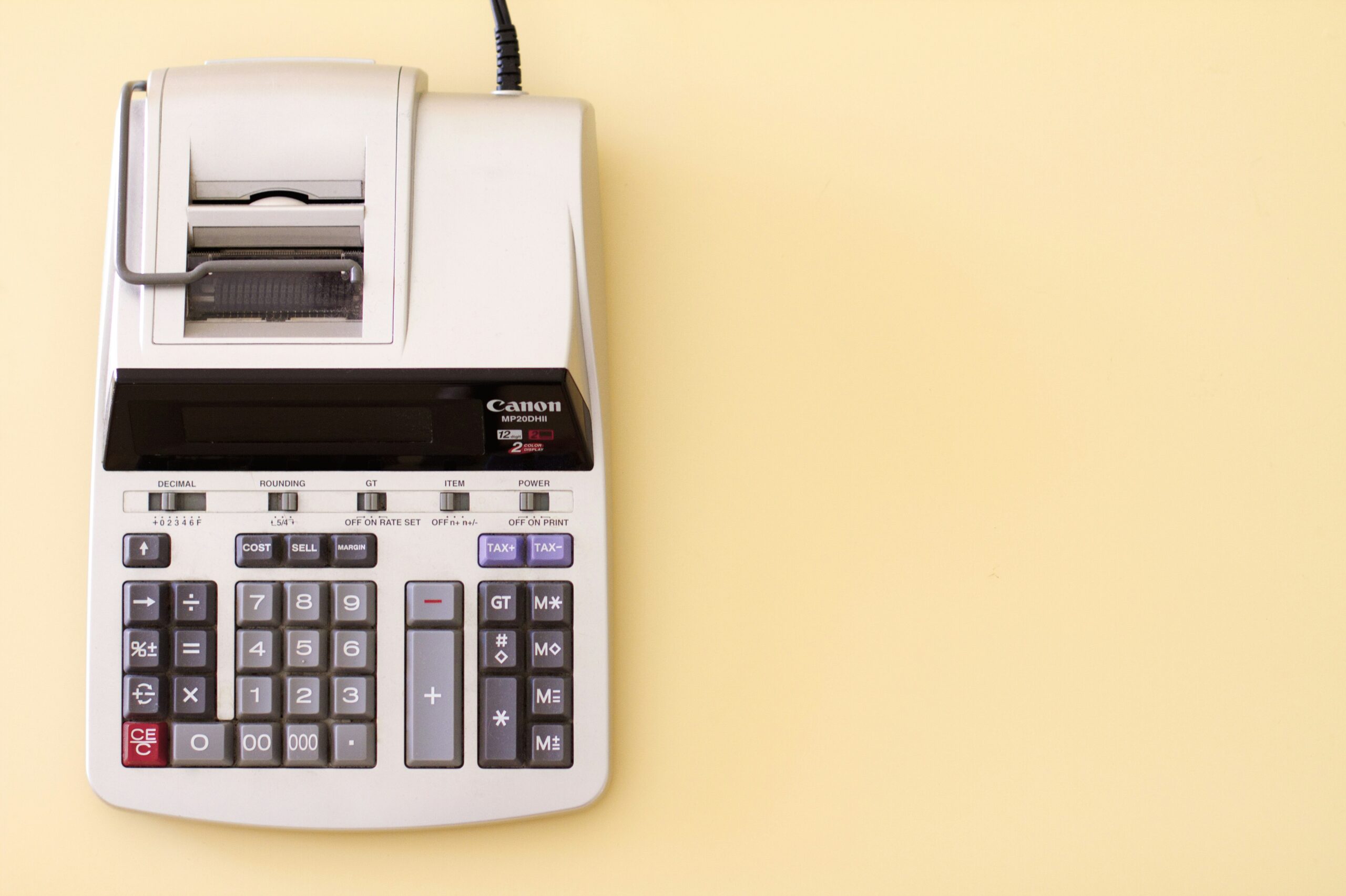Unlocking funding, credits, and tax advantages to accelerate automation investments
Big picture: you don’t have to shoulder the full cost alone
Investment in automation is not just about your capital; it’s about taking advantage of external support: grants, innovation funding, and tax incentives. These can substantially offset cost, improve ROI, and make your automation project more financially compelling.
Government & innovation funding you should know about
- The U.S. Department of Energy announced nearly $13 million in funding under its State Manufacturing Leadership Program (SMLP) to help small- and medium-sized manufacturers access smart manufacturing technologies like automation and data analytics. The Department of Energy’s Energy.gov
- There are also federal programs catalogued under the National Institute of Standards & Technology / U.S. Department of Commerce, manufacturing and technology initiatives supporting automation and advanced manufacturing. manufacturing.gov+1
- Many states now offer sector-specific incentives for advanced manufacturing, including automation, robotics, and smart factory equipment. c2er.org+1
Tax advantages you may be able to claim
- The tax legislation in 2025 made 100% bonus depreciation permanent for qualified property, including machinery and automation systems. This means you can fully expense certain equipment in the year you place it in service. CBH
- Rules like Section 179 Deduction can allow you to write off the cost of equipment (including automation) in the purchase year rather than over several years. SDC Automation
Practical tips for exploring and applying for assistance
- Start with a clear project scope: What automation are you planning? What equipment? What timeline? Having this helps you match to grants or tax provisions.
- Involve your tax and financial advisors early: Incentives often have eligibility criteria (type of equipment, placed-in-service date, documentation).
- Check both federal and state/local levels: Don’t assume only federal support exists. Many states offer manufacturing investment credits or property tax abatement tied to automation. c2er.org
- Document your equipment and process benefits: Saved labor costs, improved throughput, reduced scrap or errors. These strengthen your application and business case.
- Phase your rollout: If you structure a pilot now and scale later, you might qualify for innovation grants or programs for “smart manufacturing adoption” rather than only full-scale projects.
- Ask for help: Some programs offer technical assistance, assessments or training as part of grants (e.g., DOE’s SMLP). The Department of Energy’s Energy.gov
How Konnected Technology helps you navigate the support landscape
We don’t merely deliver the automation solution; we also help you understand and maximize the financial strategy behind it. That means helping you identify relevant incentives, document ROI, align project timelines with incentive deadlines, and design your automation roadmap to optimize tax and funding benefits.
The bottom line: make support work for you
Automation costs are real, but so too are the opportunities to offset them via rentals/leasing and governmental/tax incentives. When you reframe cost as an investment, supported by structured rollout, you unlock faster time-to-value and reduced risk.
If you’re curious about what grants or tax credits may apply to your next automation project, or how to structure leasing/rental to work in your favor, we’re ready to assist.
Reach out to learn how we can map out your automation funding and financial strategy.



